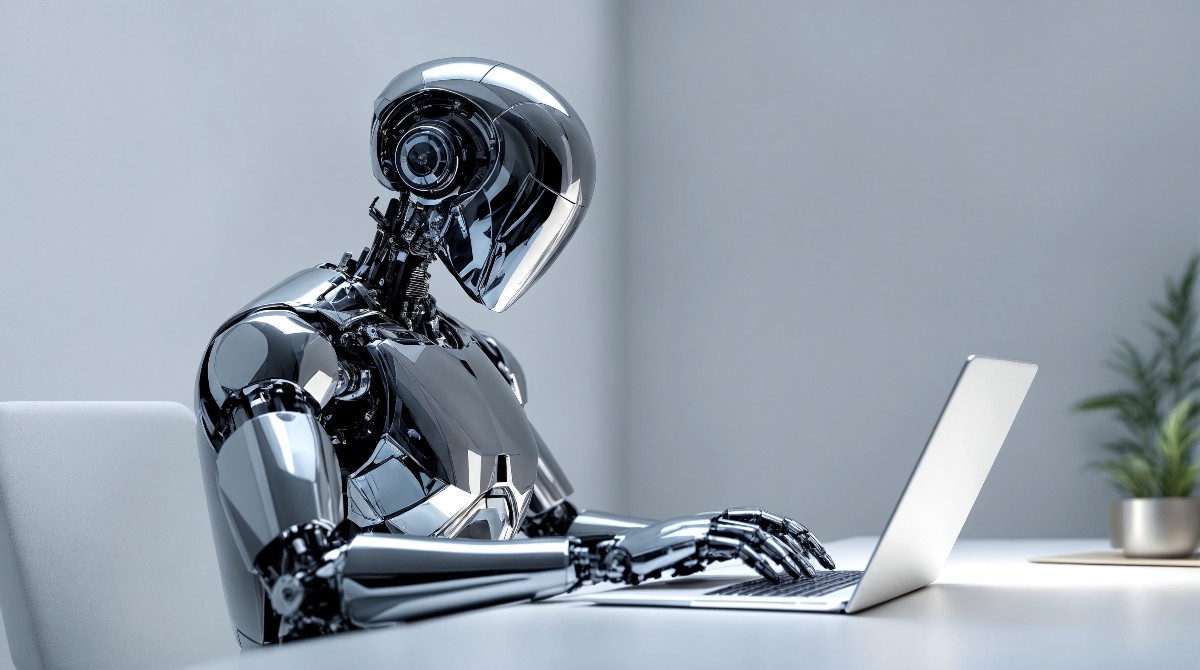Climate change threatens our future, and traditional solutions aren’t moving fast enough. While governments debate policies, AI technology has emerged as a powerful ally in the fight against environmental destruction.
But does this technology consume more resources than it saves? In 2025, AI systems help optimize energy grids, track carbon emissions, and revolutionize sustainable farming.
Yet training a single AI model can use as much energy as 120 households annually. The question remains: Can artificial intelligence truly help save our planet, or will its own environmental cost outweigh its benefits?
Let’s explore how green machines are reshaping our path to sustainability.
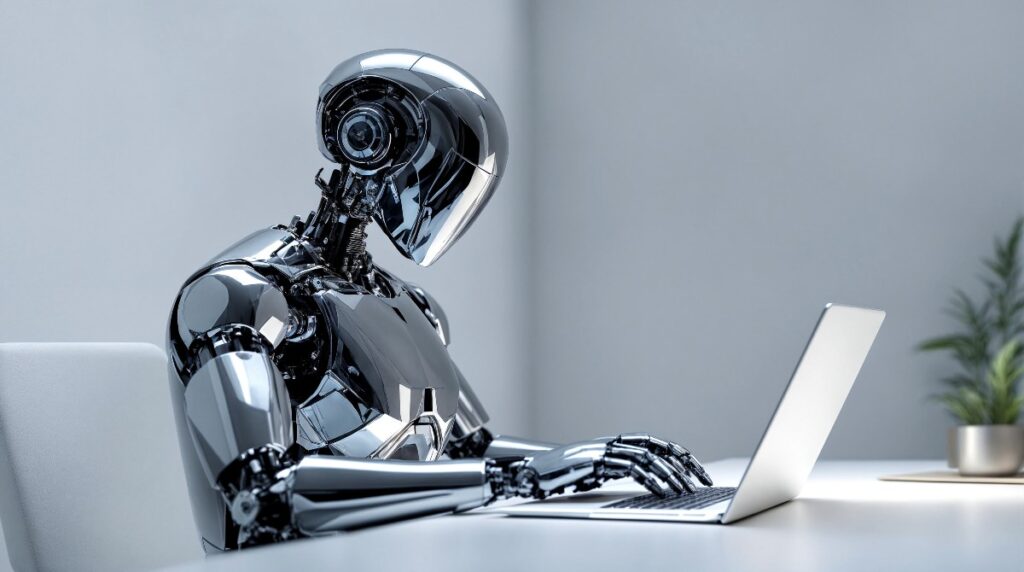
How AI is Driving Sustainability in 2025
Artificial intelligence has transformed environmental sustainability efforts through data-driven solutions and automated optimization. The technology processes vast amounts of environmental data to identify patterns and predict outcomes across various sectors.
Recent advancements have led to significant breakthroughs in energy management, supply chain efficiency, and environmental monitoring.
1. Energy Grid Optimization
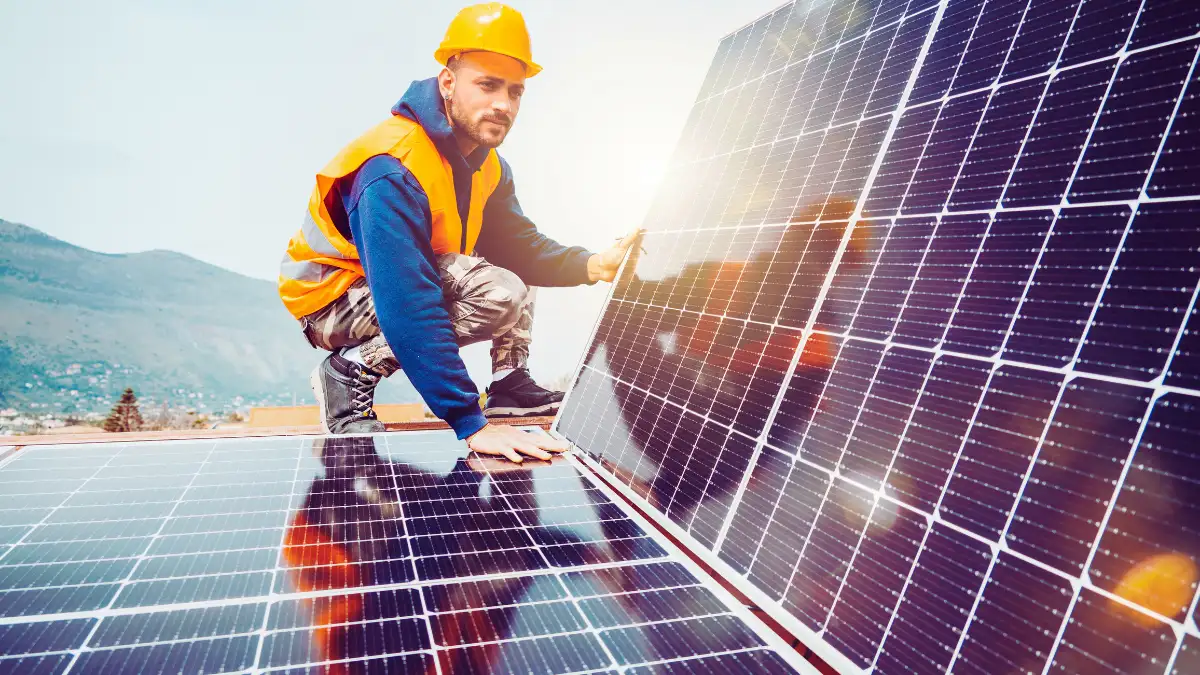
Smart grids powered by AI algorithms help balance electricity supply and demand in real time. Advanced machine learning models analyze consumption patterns and weather data to predict energy needs with unprecedented accuracy.
The technology enables power companies to integrate renewable sources more effectively by forecasting solar and wind power generation.
Utility providers use AI-driven systems to detect grid anomalies and prevent outages before they occur. These predictive capabilities have reduced downtime by 30% while improving overall grid reliability.
The implementation of smart meters and IoT sensors provides granular data that helps optimize energy distribution across networks.
Modern AI systems can now automatically adjust power flow based on real-time demand, reducing waste and improving efficiency.
This dynamic approach to grid management has led to a 15-20% reduction in energy losses and significant cost savings for both providers and consumers.
2. Sustainable Supply Chains

AI algorithms analyze massive datasets to optimize logistics networks and reduce environmental impact. Machine learning models track shipments, predict delays, and suggest alternative routes to minimize fuel consumption.
The technology enables companies to monitor their carbon footprint at every stage of the supply chain.
Modern supply chain systems use AI to optimize inventory levels and reduce waste through accurate demand forecasting.
Companies have reported up to 30% reduction in excess inventory and significant decreases in product spoilage. Smart warehouses equipped with AI-powered robotics systems operate with greater energy efficiency.
Transportation routes undergo continuous optimization using real-time traffic data and weather conditions. AI systems calculate the most efficient delivery schedules and consolidate shipments to reduce empty miles.
This approach has helped companies reduce their transportation-related emissions by up to 25%.
3. Precision Agriculture
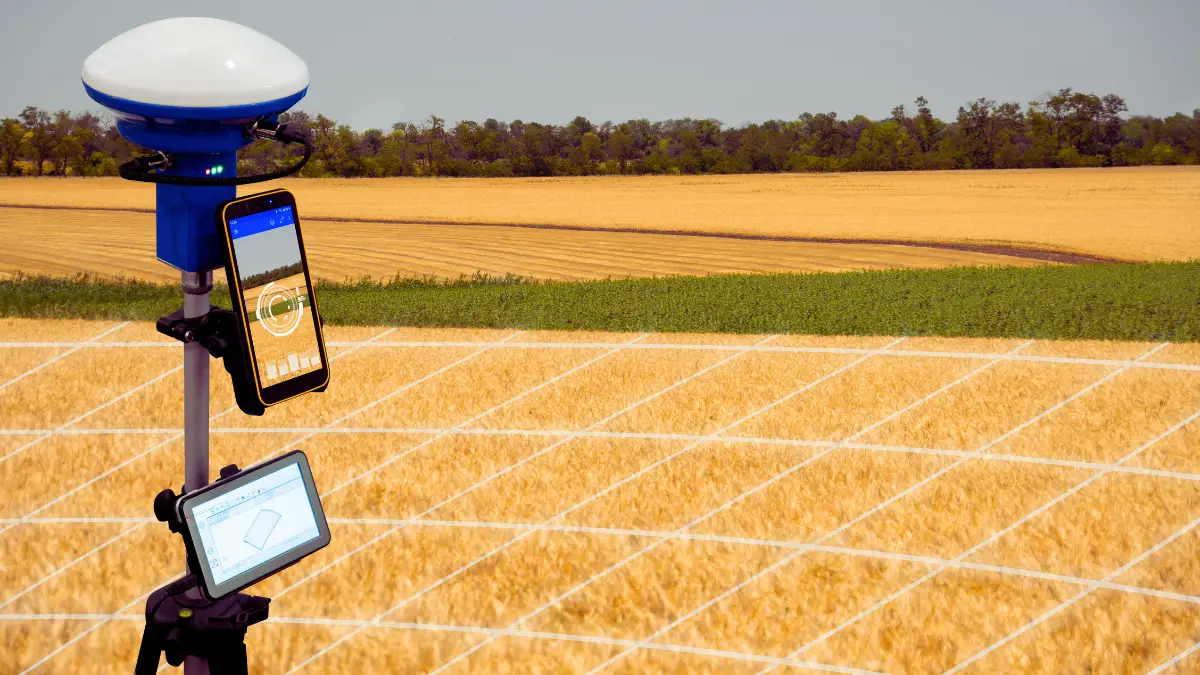
AI systems revolutionize farming through data analysis from satellites, drones, and ground sensors. Farmers receive real-time insights about soil conditions, crop health, and weather patterns.
This technology enables precise application of water, fertilizers, and pesticides based on specific field conditions.
Machine learning algorithms process multispectral imagery to detect early signs of crop disease and pest infestations. The system alerts farmers before problems spread, reducing crop losses and chemical usage.
Ground sensors continuously monitor soil moisture levels and nutrient content, allowing automated irrigation systems to deliver water exactly where needed.
Agricultural drones equipped with AI vision systems map fields and track crop development throughout the growing season. This aerial monitoring helps farmers identify problem areas quickly and make data-driven decisions about resource allocation.
The combination of precision agriculture technologies has increased crop yields by 15% while reducing water usage by 30%.
4. Climate Change Monitoring
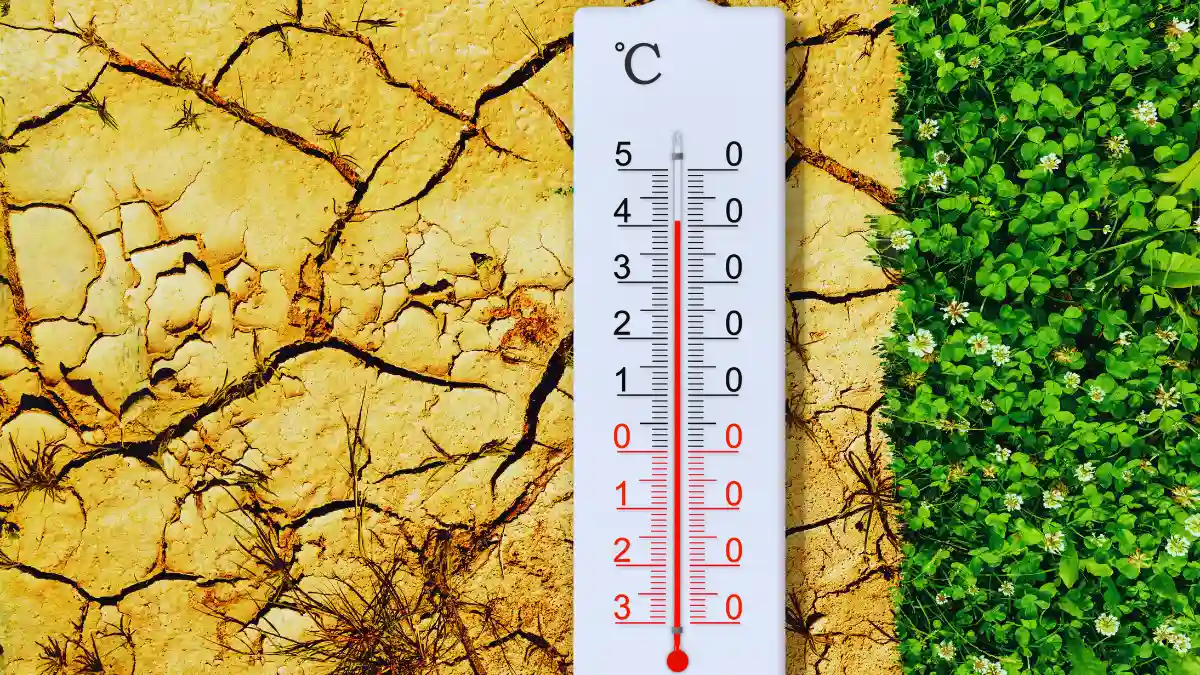
AI models analyze vast amounts of climate data to track global environmental changes and predict future trends.
Advanced algorithms process information from weather stations, satellites, and ocean buoys to create accurate climate forecasts. These systems help scientists understand complex climate patterns and their impacts on different regions.
Satellite imagery processed by machine learning algorithms tracks deforestation, ice melt, and other environmental changes in real time.
The technology can detect subtle changes in vegetation patterns and land use that indicate emerging climate impacts. This monitoring capability allows for rapid response to environmental threats.
Weather prediction models powered by AI provide increasingly accurate forecasts of extreme weather events.
The system analyzes historical data and current conditions to predict storms, droughts, and other climate-related disasters with greater precision. This improved forecasting helps communities prepare for and adapt to changing climate conditions.
5. Carbon Capture & Environmental Restoration
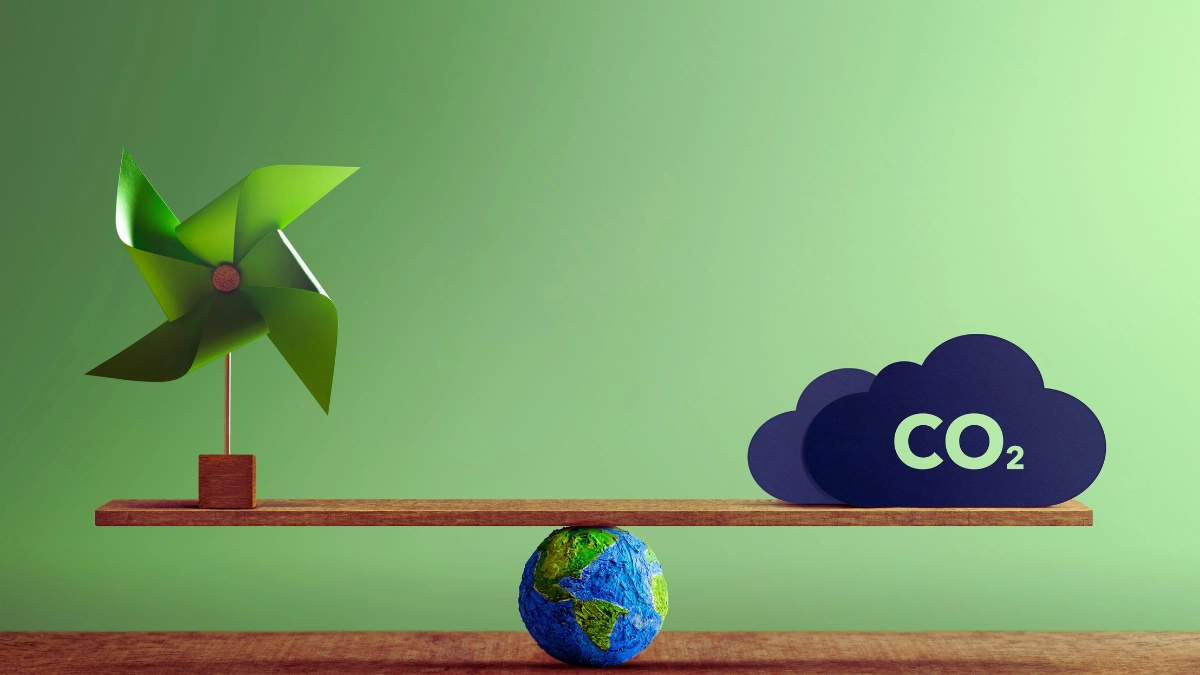
AI technology optimizes carbon capture systems by analyzing operational data and environmental conditions. Machine learning models help identify the most effective locations for carbon capture facilities and improve their efficiency.
The systems continuously monitor capture rates and adjust processes to maximize CO2 removal.
Advanced algorithms track ecosystem recovery efforts and measure the success of restoration projects. These tools analyze vegetation growth, wildlife populations, and soil health to assess ecosystem recovery progress.
Real-time monitoring helps conservation teams adjust their strategies based on actual results.
Environmental restoration projects use AI to model ecosystem interactions and predict intervention outcomes. The technology guides decisions about species reintroduction and habitat restoration by simulating different scenarios.
This data-driven approach increases the success rate of restoration efforts while optimizing resource allocation.
6. Smart City Management
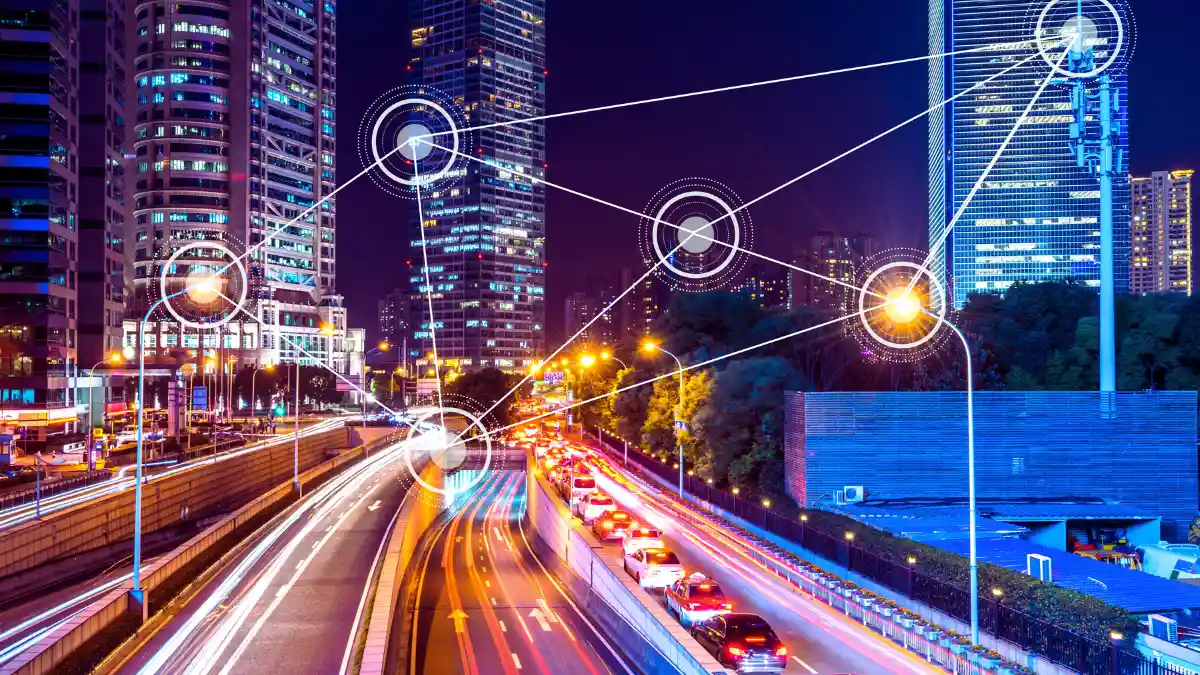
Urban centers now leverage AI systems to streamline operations and reduce environmental impact. Through networks of connected sensors, cities collect real-time data about traffic flow, air quality, and energy usage.
This information feeds into central management systems that make automatic adjustments to improve efficiency.
Traffic signals adapt to real-time conditions, reducing congestion and lowering vehicle emissions. Smart lighting systems adjust brightness based on natural light and pedestrian activity, cutting energy waste.
Waste management trucks follow AI-optimized routes, collecting garbage only from bins that sensors indicate are full.
Building management systems use AI to control heating, cooling, and ventilation based on occupancy and weather conditions.
Public transportation routes adjust to demand patterns, while smart parking systems guide drivers directly to available spaces. These integrated systems have reduced urban energy consumption by up to 25% in pilot cities.
RELATED:
7. Water Conservation
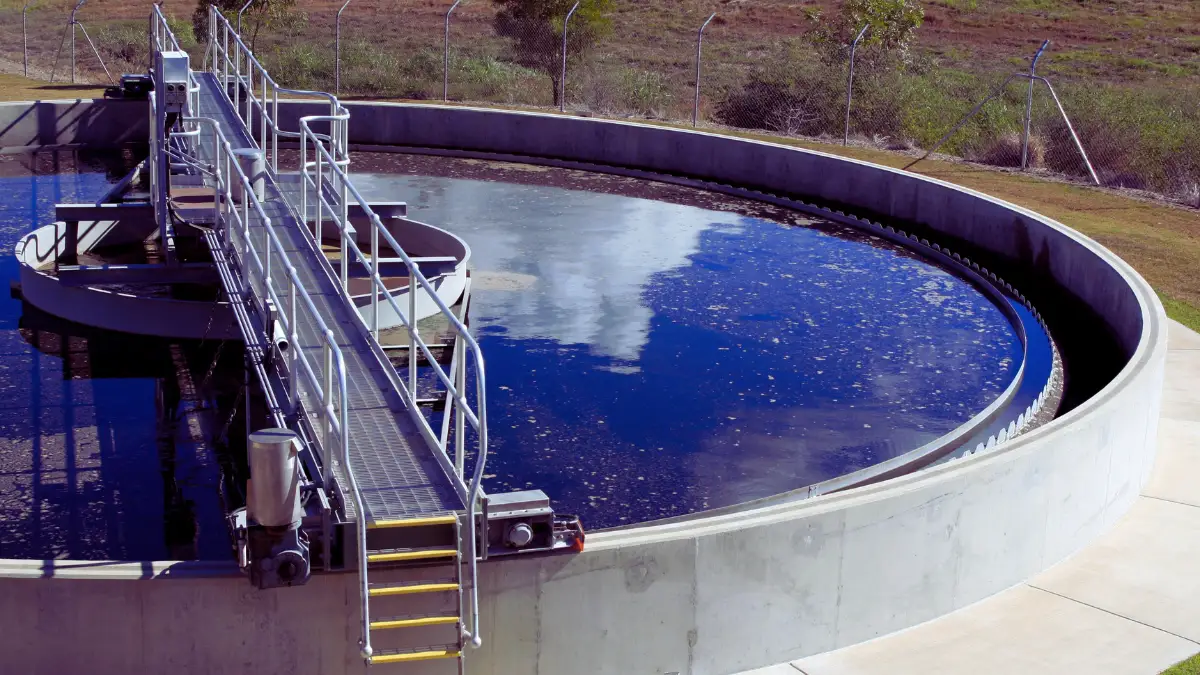
Advanced AI algorithms monitor water networks to detect leaks and optimize distribution. Sensors throughout the system measure pressure, flow rates, and water quality, sending data to central control systems.
Machine learning models analyze this information to identify potential problems before they become serious.
Municipal water systems use AI to predict demand patterns and adjust treatment processes accordingly. The technology helps plant operators optimize chemical usage and energy consumption while maintaining water quality standards.
Smart meters provide consumers with real-time usage data, encouraging conservation.
Treatment facilities employ AI to monitor and adjust processes in real time, ensuring optimal performance while minimizing energy use.
The systems can predict equipment failures and schedule maintenance proactively, reducing downtime and waste. This technology has helped cities reduce water losses by up to 40%.
RELATED:
8. Wildlife Conservation

AI-powered cameras and sensors track animal movements across vast wilderness areas. Machine learning algorithms identify different species and monitor population changes over time.
These systems alert rangers to potential poaching activities and unusual wildlife behavior patterns.
Drones equipped with thermal imaging and AI vision patrol protected areas, providing real-time surveillance without disturbing animals.
The technology helps conservation teams respond quickly to threats and monitor hard-to-reach locations. Automated systems analyze animal calls and sounds to track species distribution and health.
Migration patterns receive continuous monitoring through AI analysis of satellite data and ground sensors.
This information helps protect critical habitats and identify new conservation areas. Conservation teams use predictive models to anticipate conflicts between wildlife and human activities.
9. Industrial Efficiency
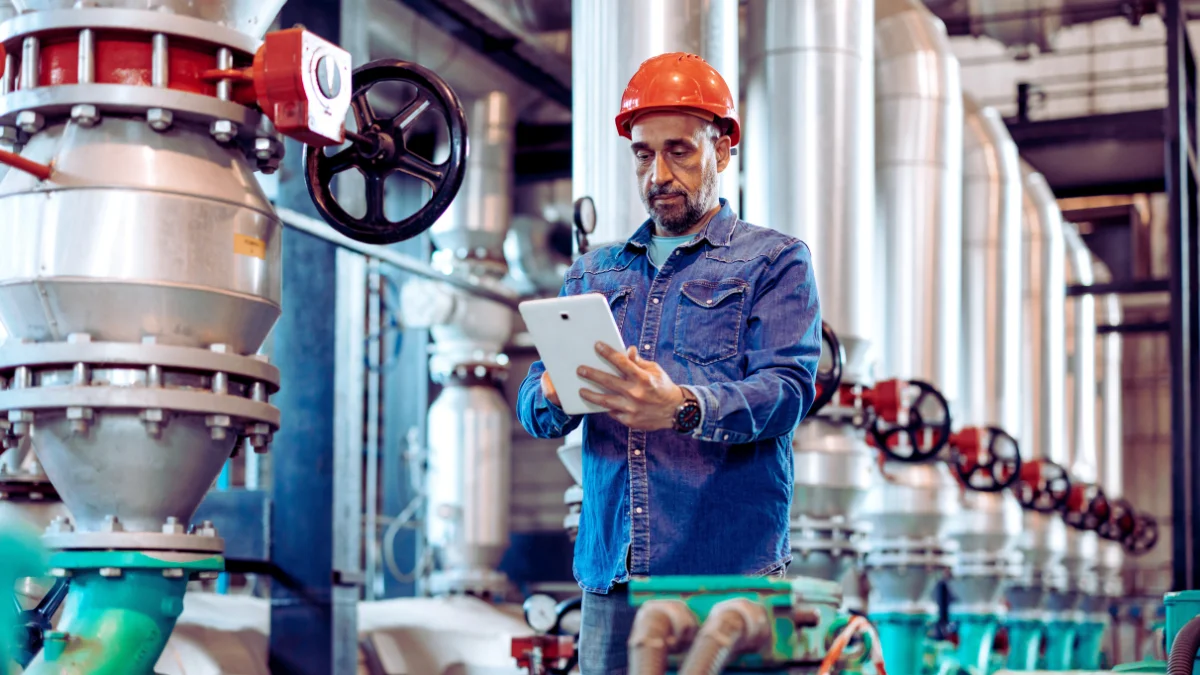
Manufacturing facilities use AI to optimize production processes and reduce resource consumption. Smart sensors monitor equipment performance and energy usage in real time.
The system automatically adjusts operations to maintain peak efficiency while minimizing waste.
Predictive maintenance algorithms analyze equipment data to prevent breakdowns before they occur. This approach has reduced unplanned downtime by 35% and extended machine life spans.
Energy consumption patterns undergo continuous analysis, allowing for automatic adjustments during peak demand periods.
Quality control systems powered by computer vision inspect products with greater accuracy than human operators.
The technology identifies defects early in the production process, reducing material waste. Smart manufacturing systems have achieved 20% energy savings while improving product quality.
10. Circular Economy Solutions

AI technology transforms waste management through automated sorting and material recovery. Smart recycling systems identify and separate different materials with high accuracy.
The technology tracks material flows through the economy, identifying opportunities for reuse and recycling.
Product design tools use AI to optimize materials and enhance recyclability. These systems analyze product lifecycle data to suggest improvements that reduce environmental impact.
Manufacturing processes adapt based on the availability of recycled materials. Supply chain networks leverage AI to create closed-loop systems that minimize waste.
The technology matches waste products from one industry with potential uses in another.
This approach has helped companies reduce landfill waste by 40% while creating new value from previously discarded materials.
Can Tech Really Save the Planet?
AI technology shows promise in addressing environmental challenges, but questions remain about its environmental impact and limitations.
While technological solutions offer powerful tools for sustainability, their effectiveness depends on proper implementation and addressing key constraints.
Current Limitations
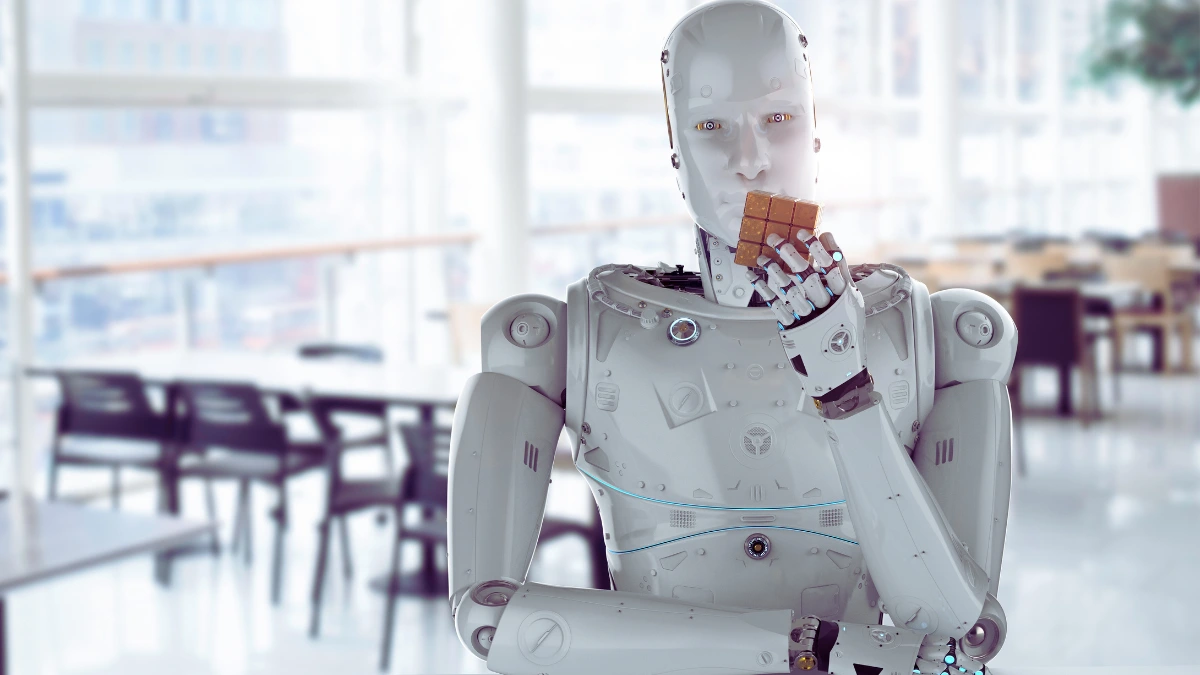
Training large AI models requires massive computing power and energy resources. Current hardware infrastructure struggles to meet growing demands while maintaining energy efficiency.
ChatGPT’s annual energy consumption equals 120 households, highlighting the scale of resource requirements.
Processing power limitations affect real-time analysis capabilities, especially for complex environmental data.
Edge computing devices face battery life constraints when deployed in remote locations. Many AI solutions require significant initial investment, limiting widespread adoption.
Network infrastructure and data storage needs create additional energy demands.
Small organizations often lack access to the necessary computing resources for implementing advanced AI solutions.
Environmental Impact
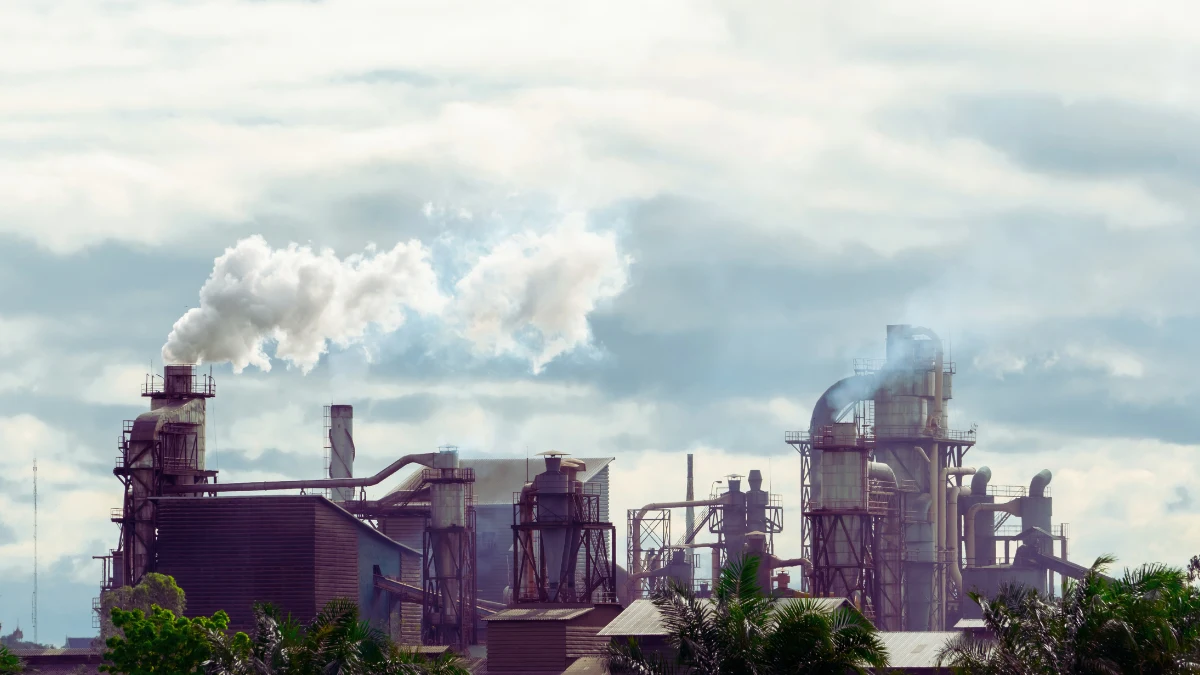
AI systems generate substantial carbon emissions through data center operations and cooling requirements.
Training a single large transformer model can produce 300 tons of CO2 emissions. Water consumption for cooling data centers strains local resources in many regions.
Hardware manufacturing and disposal create electronic waste concerns. Rare earth elements required for AI hardware pose environmental risks during mining and processing.
Energy sources powering AI systems often rely on fossil fuels, offsetting potential environmental benefits.
Resource demands grow with AI market expansion, projected at 40% annually. Mining operations for computer components impact local ecosystems and communities.
Future Potential

Emerging technologies like quantum computing and neuromorphic chips promise greater energy efficiency.
Edge AI developments reduce central processing needs through distributed computing networks. Renewable energy integration helps offset AI’s carbon footprint.
New algorithm designs prioritize resource efficiency without sacrificing performance.
Green AI practices focus on sustainable model development and deployment. Industry leaders invest in carbon-neutral data centers and cooling innovations.
Research advances in energy-efficient hardware and software solutions continue. International collaboration drives standards for sustainable AI development and implementation.
Tired of 9-5 Grind? This Program Could Be Turning Point For Your Financial FREEDOM.

This AI side hustle is specially curated for part-time hustlers and full-time entrepreneurs – you literally need PINTEREST + Canva + ChatGPT to make an extra $5K to $10K monthly with 4-6 hours of weekly work. It’s the most powerful system that’s working right now. This program comes with 3-months of 1:1 Support so there is almost 0.034% chances of failure! START YOUR JOURNEY NOW!
